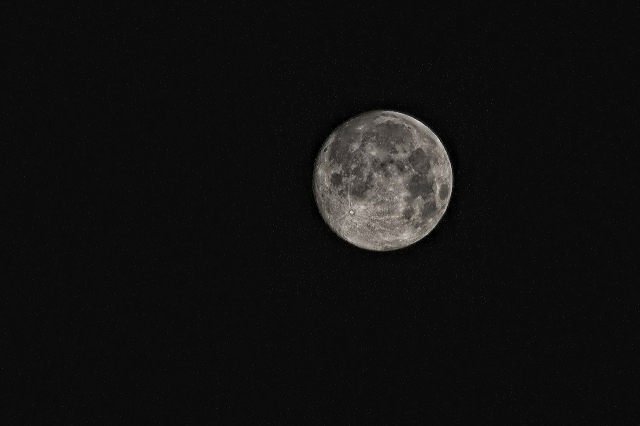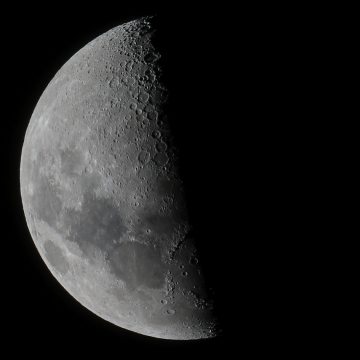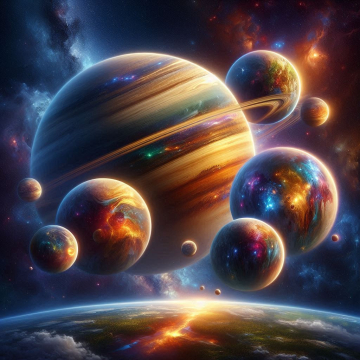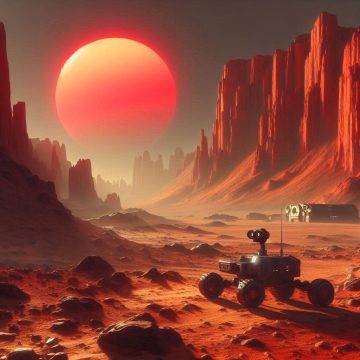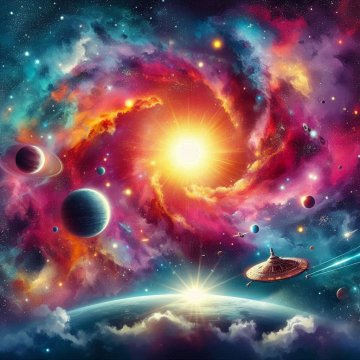The only natural satellite that the Earth has is the Moon . Among its main characteristics are: its equatorial diameter which measures 3476 kilometers, the position it occupies in the Solar System, with respect to its size; It is the fifth and among others, its distance from Earth is 384,400 kilometers.
What is a phase of the Moon?
A lunar phase is nothing more than the portion of the Moon that is illuminated and that in turn is visible. The changes in the quantity or visibly illuminated portion of this satellite, due to its movement in relation to the Earth and the Sun, are the so-called phases of the moon.
The entire cycle is called lunation and lasts 29.53 days, in this cycle the moon passes the new moon, its illuminated quantity visible to man, gradually increases. After two weeks the full moon occurs and in about two weeks it decreases again and enters another phase.
Every so often the Sun, Earth and Moon align perfectly, producing eclipses. The solar eclipse happens when the Moon is located in front of the solar disk and this happens during the new Moon. A lunar eclipse happens instead when the Moon passes through the Earth's shadow.
It is important to note that the phases of the Moon have been used for certain aspects related to man and his tasks on Earth; including measuring time and many lunar calendars were created and organized based on these cycles that it goes through. You can still see at the present time how they appear in the calendars.
The Moon has been the subject of human studies for decades. Man has visited it on various occasions, for this reason he has precise tools to stay in it, which has made those countries famous that have advanced in such a way. It is still the dream of many, to visit a natural satellite.
What are the names that the Moon receives in its phases of change?
The names that the Moon receives in its phases of change are the following:
New Moon: at this point the Moon aligns itself between the Earth and the Sun and we see the side of it that is not illuminated by the Sun. The First Quarter: it occurs when half of the Moon is illuminated (so far it has already traveled a quarter of the total of the lunar month); from Earth we see the light of the Sun illuminating only one side of the Moon.
The Moon continues to grow before our eyes, it has a shape called a gibad. The gibbous moon grows night by night, until we see a face of the Moon all illuminated by the Sun; We call this Moon the Full Moon. It appears around the same time as dusk and sets at dawn. So far you have completed half of your lunar month.
For the next half of the month, the Moon becomes thinner at night, it is the so-called Waning Stage. As he goes through the ¾ of the month, he again shows us one face lit up and the other dark. However there is a change that we observe in darkness in the First Quarter is the one that appears illuminated now, we call it the Last Quarter.
The Moon completed its cycle and now the New Moon begins, so it restarts. These are the names that this satellite receives in its moments of change.
